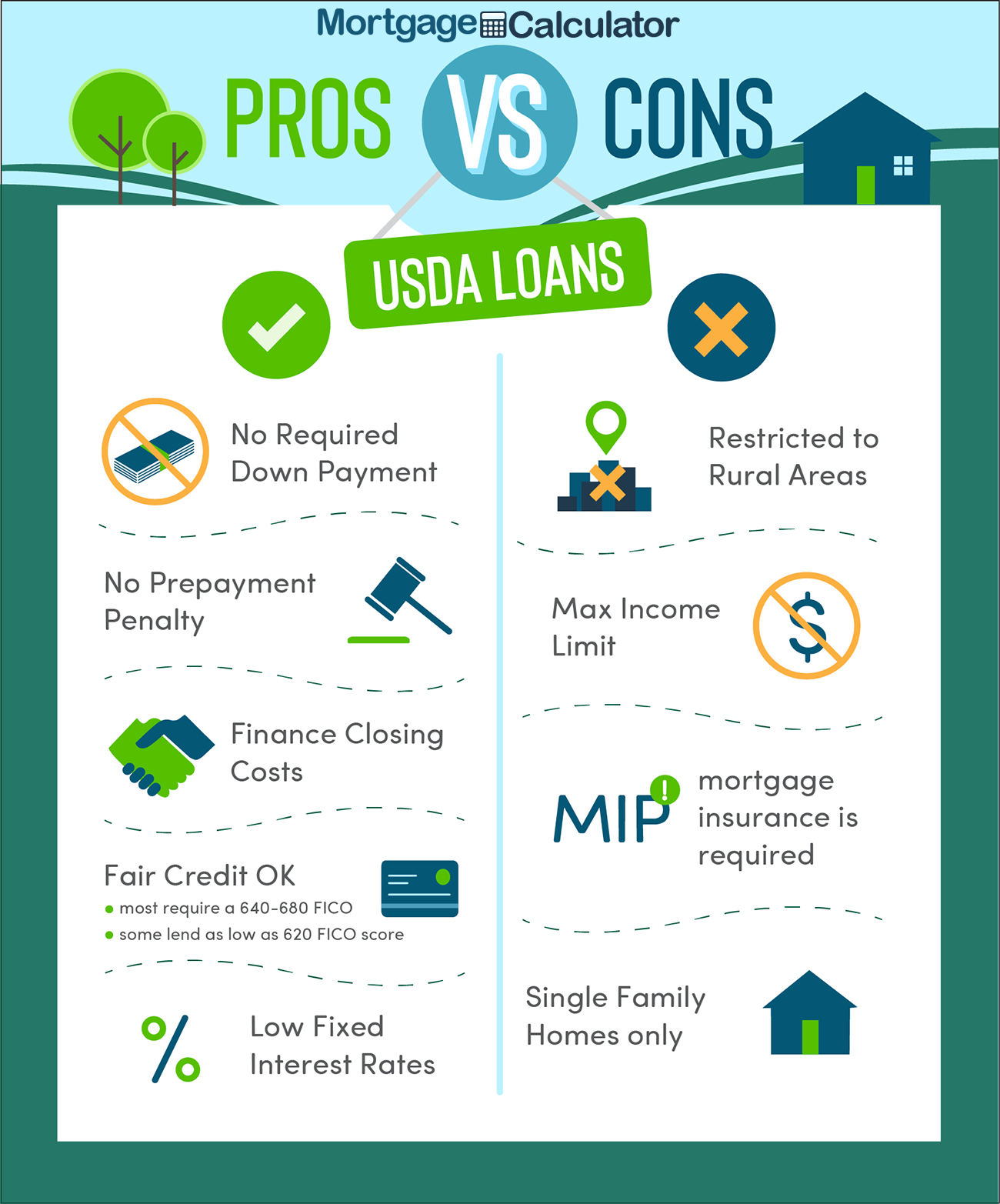The Vital Aspects to Consider When Deciding On In Between Fixed-Rate and Variable-rate Mortgage Loans
When examining home mortgage choices, consumers face a crucial decision between adjustable-rate and fixed-rate lendings, each providing distinctive advantages and possible challenges. Key factors to consider such as rates of interest stability, predictability in month-to-month settlements, and the effects of potential price adjustments can significantly impact long-lasting economic wellness. Recognizing the expected period of homeownership and the general expense of loaning can form one's strategy. As these elements intertwine with private monetary circumstances and run the risk of tolerance, the implications of this choice might not be as uncomplicated as they appear. What nuances should be prioritized in this crucial decision-making process?
Rate Of Interest Security
When selecting a home mortgage, comprehending interest price stability is important for informed decision-making. Rate of interest can dramatically affect the general cost of a home mortgage, and recognizing the nature of these prices is necessary for debtors. Fixed-rate home loans provide the advantage of constant regular monthly repayments over the life of the lending, securing customers from market changes. This security makes it possible for house owners to intend their finances with higher assurance, as they will not be impacted by climbing interest rates.
On the various other hand, adjustable-rate mortgages (ARMs) begin with lower first prices that might change periodically based on market conditions. While this can lead to reduced settlements originally, it also introduces unpredictability, as consumers may deal with raised payments if rates of interest rise. For those taking into consideration an ARM, it is vital to evaluate the probability of price adjustments, the potential for settlement rises, and the size of the first fixed-rate duration.
Inevitably, the selection in between fixed-rate and adjustable-rate mortgages hinges on individual risk resistance and economic circumstances. Understanding rate of interest security helps customers make notified decisions that line up with their lasting financial goals.
Regular Monthly Repayment Predictability
While consumers frequently prioritize rates of interest security, the predictability of month-to-month repayments is similarly crucial in the home loan choice process (Conventional mortgage loans). Month-to-month payment predictability plays a critical function in budgeting and economic planning, as it directly impacts a homeowner's cash flow and overall monetary health and wellness
Fixed-rate home mortgages provide a consistent month-to-month payment throughout the life of the car loan, allowing debtors to anticipate and prepare their expenses successfully. This stability can be especially advantageous for newbie homebuyers or those on a fixed income, as it gets rid of the uncertainty connected with fluctuating repayments.
On the other hand, variable-rate mortgages (ARMs) typically feature lower preliminary payments that can transform in time, bring about possible irregularity in regular monthly obligations. While originally attractive, this changability can make complex economic preparation, particularly if debtors do not make up future rate adjustments.
Potential Rate Modifications
In the realm of adjustable-rate home mortgages (ARMs), prospective price adjustments represent a considerable variable that borrowers should meticulously consider. Unlike fixed-rate mortgages, where the rate of interest price continues to be unmodified for the life of the funding, ARMs are identified by rising and fall rate of interest that are linked to market indices. This irregularity can lead to considerable modifications in month-to-month payments, impacting the customer's monetary preparation and budgeting.
Commonly, ARMs have an initial fixed-rate period during which the rates of interest is stable. After this period, nevertheless, the price adjusts at established intervals-- frequently every year. Borrowers have to be aware of the margin and index used to calculate these modifications, as they directly influence future interest rates. Additionally, ARMs frequently include caps that restrict just how a lot the rate of interest can boost at each modification and over the life of the lending, which can give some degree of defense versus extreme rate walks.
Understanding these possible modifications is important for borrowers, as they straight affect long-lasting repayment commitments. Analyzing personal financial situations and risk resistance is essential when making a decision whether an ARM straightens with one's financial objectives.
Loan Term Factors To Consider
Finance term considerations play a pivotal function in the decision-making procedure for customers choosing between fixed-rate and adjustable-rate mortgages. The length of the lending term considerably affects monthly payments, passion prices, and general monetary planning.

Eventually, customers should assess their individual scenarios, monetary goals, and market problems when evaluating the implications of finance term options within each mortgage kind.

General Price of Borrowing
The overall price of borrowing is a critical aspect that can significantly affect a borrower's selection between fixed-rate and find here adjustable-rate home mortgages. Fixed-rate home loans supply foreseeable monthly settlements, as the passion price remains constant throughout the car loan term. This predictability can cause lower overall expenses, particularly in a steady or declining rates of interest setting. Borrowers can budget efficiently, recognizing their settlements will certainly not fluctuate.
Conversely, variable-rate mortgages (ARMs) commonly start with lower preliminary prices, leading to minimized upfront prices. These rates can increase after an initial period, leading to potentially greater lasting prices. Consumers have to take into consideration the regularity and level of price modifications, in addition anchor to the total funding duration, to accurately assess the financial effects.
In addition, the total expense of borrowing encompasses not only rate of interest yet likewise charges and other linked expenses, such as closing costs and insurance (Conventional mortgage loans). Therefore, when reviewing home mortgage choices, borrowers need to perform a thorough expense analysis over the life of the lending. By doing so, they can make an informed choice that lines up with their financial objectives and take the chance of tolerance
Final Thought
In final thought, choosing in between adjustable-rate and fixed-rate home loan requires cautious consideration of numerous important elements. Interest price security and regular monthly payment predictability are vital for effective budgeting, while the possibility for rate adjustments in ARMs presents financial unpredictability. Additionally, the awaited duration of homeownership and the general expense of borrowing, consisting of rate of interest and linked fees, need to line up with specific financial scenarios and risk tolerance. Such a thorough analysis will assist in enlightened decision-making in mortgage option.
Trick considerations such as rate of interest price stability, predictability in regular monthly settlements, and the implications of prospective price adjustments can dramatically affect lasting economic wellness. Interest rates can significantly impact the overall cost of a mortgage, and recognizing the nature of these rates is vital for this page customers. Unlike fixed-rate mortgages, where the interest rate continues to be unchanged for the life of the funding, ARMs are defined by varying interest rates that are linked to market indices. In addition, ARMs usually consist of caps that restrict exactly how much the interest rate can boost at each modification and over the life of the loan, which can offer some level of protection against extreme rate walks.
Passion rate stability and monthly settlement predictability are extremely important for reliable budgeting, while the capacity for price modifications in ARMs introduces economic uncertainty.
Comments on “Why Conventional Mortgage Loans Are a Smart Choice for Stable Financing”